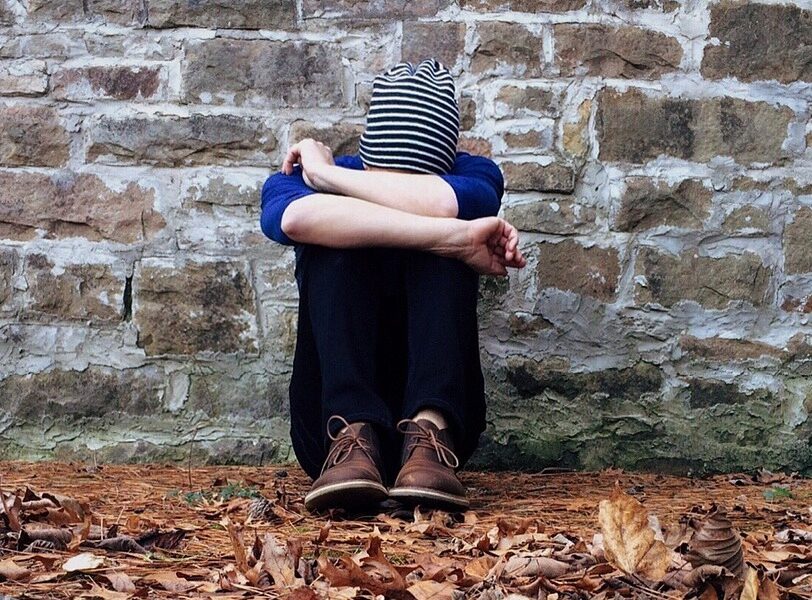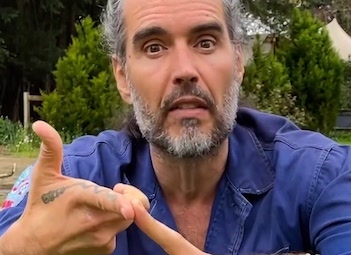The American Foundation for Suicide Prevention states that every 12 and a half minutes an American is taking their life. Around 40,000 people die by suicide each year and it is the tenth leading cause of death and the second leading cause of death in 10 to 24-year-olds.
About one million suicide attempts are made and many get misreported so in fact, the numbers are worse than that. Youth suicide prevention efforts have never been so important. September remains Suicide Prevention Awareness Month to help promote resources and raise awareness because it is still a fact that people are reluctant to talk about this and about mental illnesses like depression.
Staggering facts
Until there is better federal funding and resources for the problem there are places like a suicide prevention charity that can offer some resources, information and help. The staggering facts are;
- Around 16% of students in high school have thought about suicide seriously. 13% of those teens have come up with an actual plan to carry it out and then 8% have tried within the next 12 months.
- Gender plays a role with boys being more likely to actually commit suicide but girls being more likely to try or think about it.
- When you look at all the teens that have committed suicide, a high percentage of them have a mental illness or psychological disorder such as depression.
- About 5000 teens die by suicide every year.
- Out of every 25 suicide attempts, one of them is successful.
Signs to look for in teens
Parents and schools are basically on the front line when it comes to watching for adolescents showing signs of distress. As well as programs and training in youth suicide prevention watch for some of the following;
- Agitation over small problems
- Expressing feelings of overwhelming sadness or hopelessness
- Being more irritable
- Acting more hostile and angry
- Making comments or drawing or writing that they would not be around for long
- Not focussing at school or doing their school or homework
- Over talking about death in general as well as perhaps suicide
- Being withdrawn from family or friends
- Tearing up and crying frequently
- Feeling worthless, having guilt over things that were not that much of a problem or not something they did at all
- Being lack lustre, not having any enthusiasm or happiness in everyday life
- Being fatigued and sleeping a lot, or even not being able to sleep
- Not having any energy
- Not eating or having a drastic change in eating habits
Programs are needed in schools – One of the big places we can make a difference to the awful facts about suicide as well as with parents is in school. Educators need to learn the signs of low self-esteem, depression and self-injury, which are all indicators that suicide is a risk.
Both parents and schools should check out a suicide prevention charity to get some free resources and to learn more.
By Richard C.













